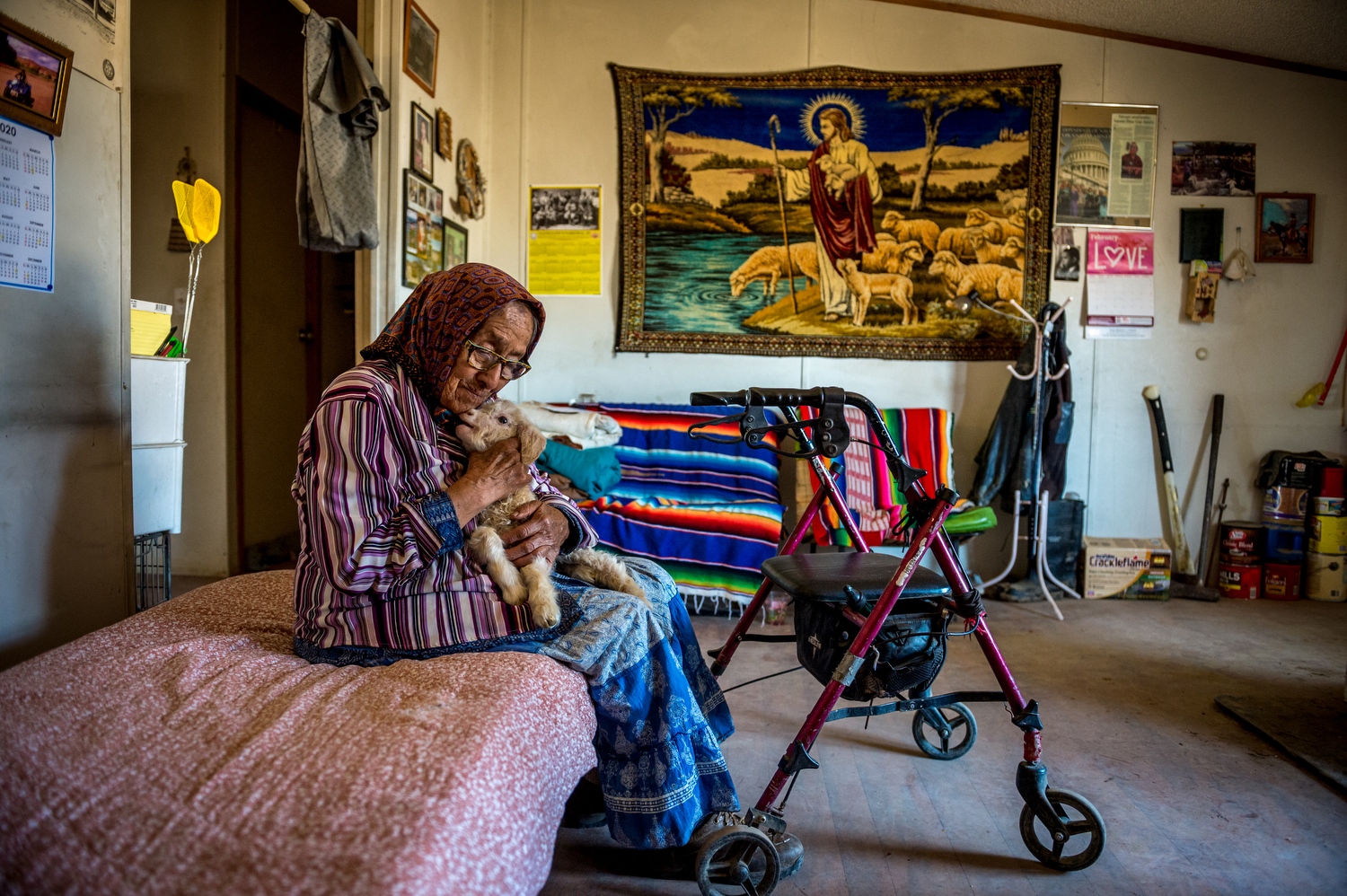The photography by Mary F. Calvert was supported by the Pulitzer Center and funding from the Lena Grant sponsored by HumanEYES USA and WPOW (Women Photojournalists of Washington)
If, as widely expected, New Mexico Rep. Deb Haaland survives her U.S. Senate confirmation hearing Tuesday and is sworn in as secretary of the interior, she will make history as the first Native American ever to serve in a presidential Cabinet.
But representation is only half the battle. From day one, Haaland will also be expected to address a festering backlog of problems left behind by predecessors who lacked her perspective as a citizen of the Laguna Pueblo, one of America’s 574 federally recognized tribes.
Among the most daunting: how to finally help shield indigenous people from the hundreds of inactive yet still toxic uranium mines that have been scarring their lands and poisoning them for decades.
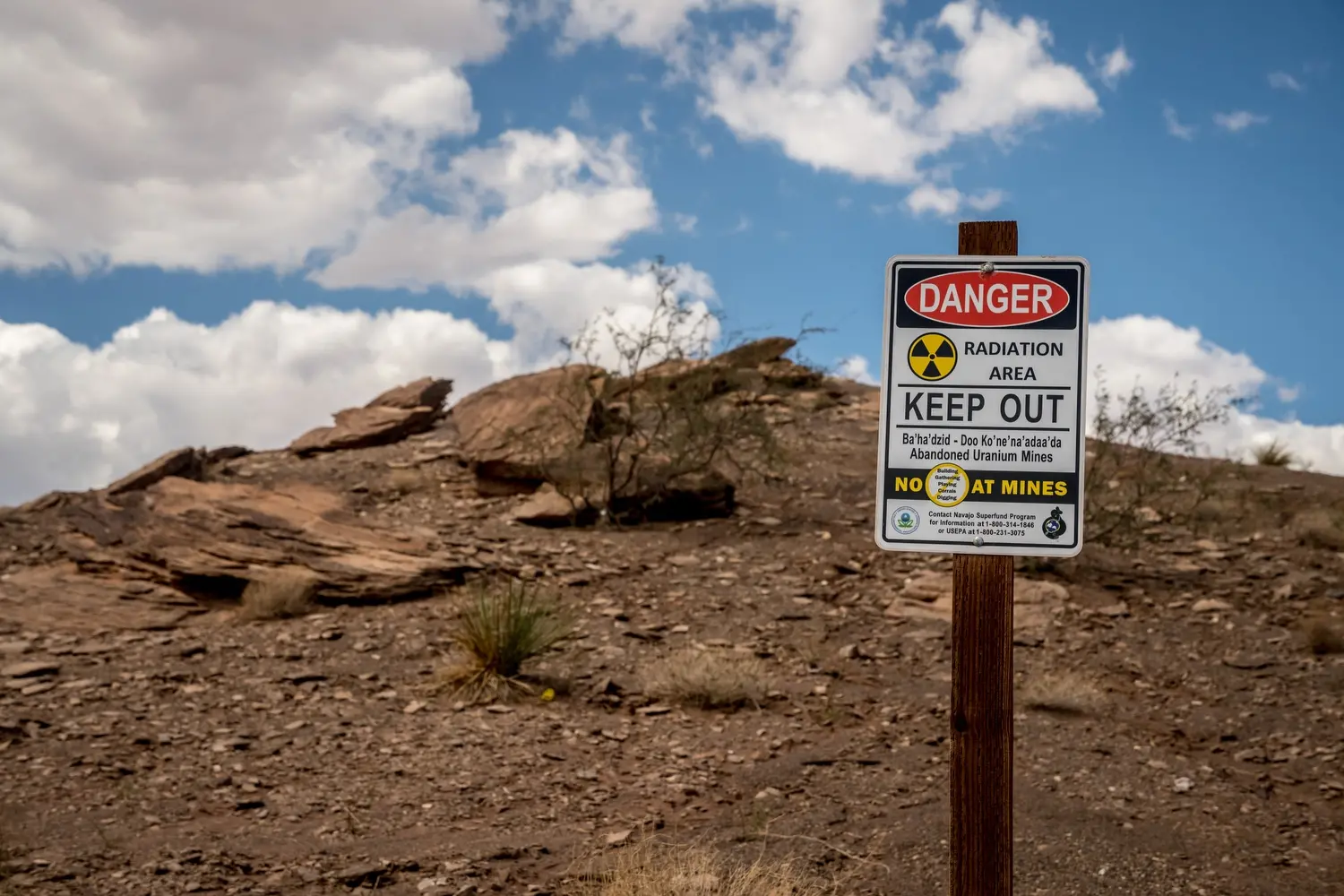
The numbers are tragic. After the invention of atomic weapons in 1945 and the subsequent development of nuclear power plants, mining companies dug more than 4,000 uranium mines across the Western U.S. Though other tribes were affected — including the Hopi, the Arapaho, the Southern Cheyenne, the Spokane and Haaland’s own Laguna Pueblo — roughly 1,000 of these claims were located on Navajo Nation, which encompasses 27,000 square miles where Arizona, Utah and New Mexico meet. Over the next four decades, miners contracted by the U.S. government blasted 30 million tons of ore out of Navajo land with little environmental, health or safety oversight. Eventually, demand declined, deposits played out and the pits were abandoned. Much of the damage, however, had already been done.
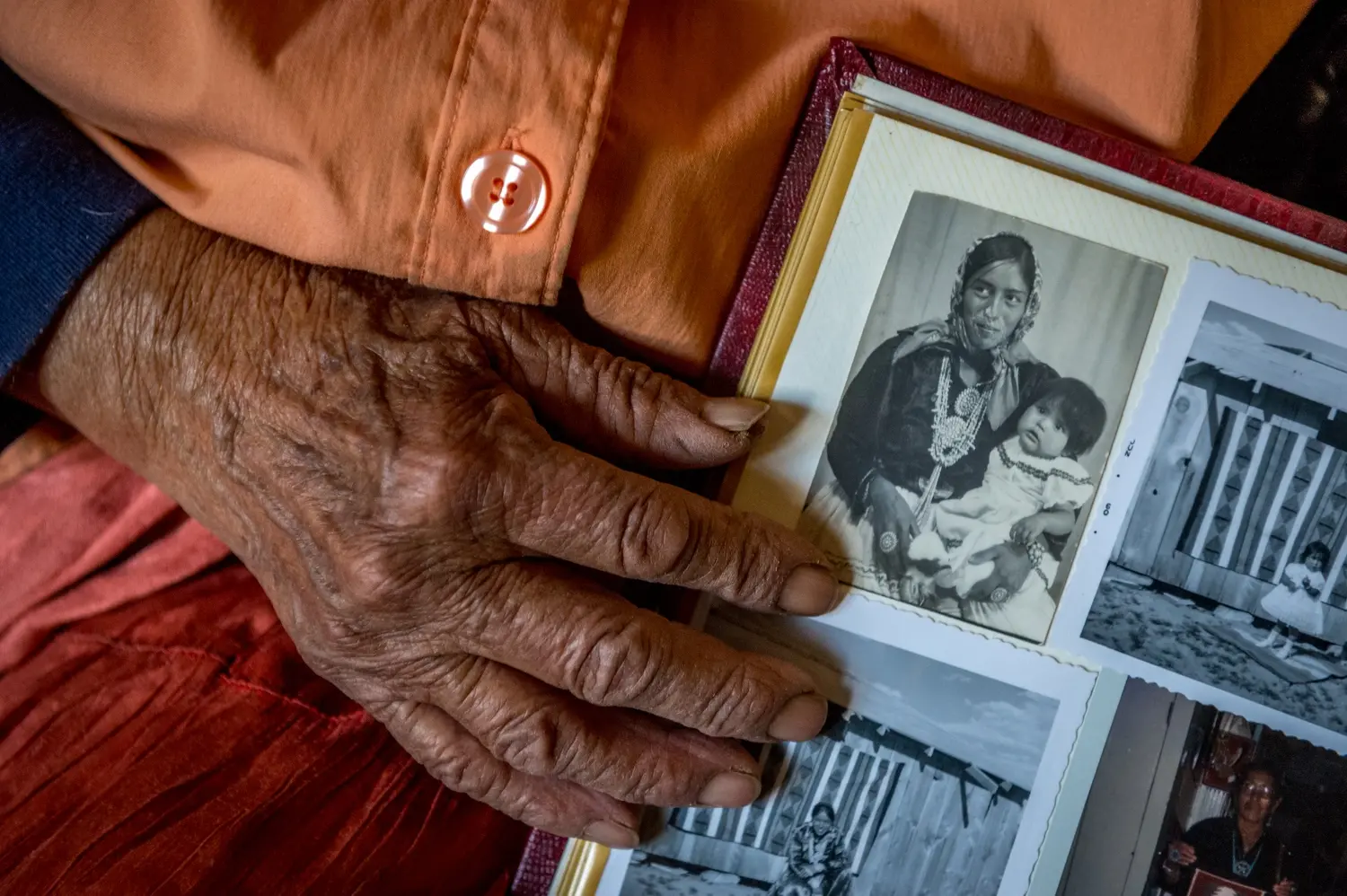
When the mines were active, companies recruited Navajo men to work them. They hired women and children as support staff; to save money and avoid leaving a paper trail, they “paid” them with sacks of sugar, flour, potatoes and coffee. Exposure to radioactive ore and toxic by-products such as arsenic, cadmium and lead was commonplace — a fact of everyday life. Navajo families crushed the poisonous rock to make concrete. Homes were built from abandoned mine tailings. Kids played in waste piles. Herders watered sheep in open, unreclaimed pits. Husbands came home covered in uranium dust; wives washed their clothes. Everyone drank the contaminated groundwater; everyone inhaled mine dust borne on the hot desert winds. They still do today.
“They never told us uranium was dangerous,” says Cecilia Joe, 85, a Navajo woman who worked as a miner from May 1949 to June 1950. The federal government had studied and documented the danger in depth, but deliberately kept it secret. “We washed our faces in it. We drank in it. We ate in it. It was sweet.”
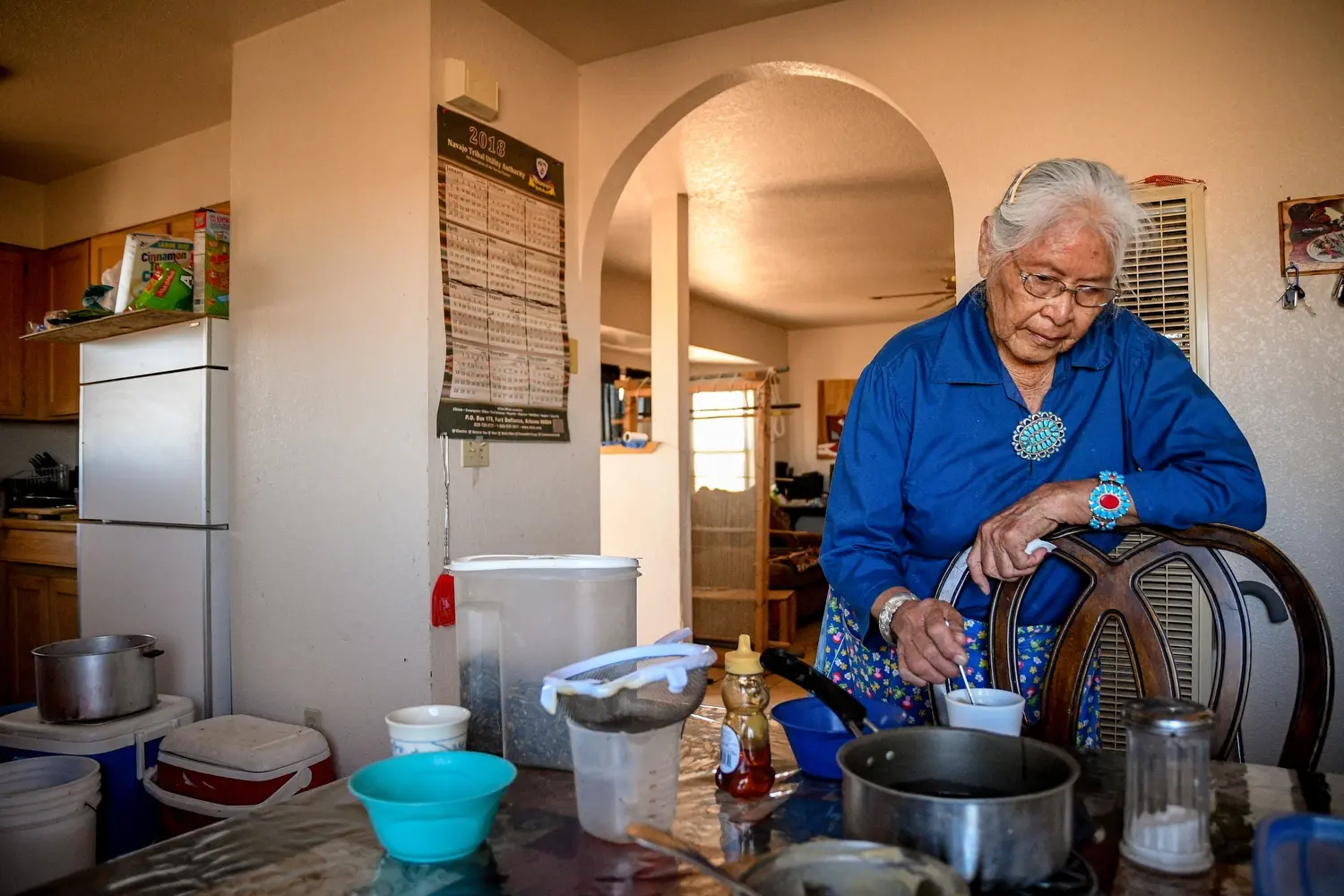
Joe’s story is typical. Her father spoke no English; he signed his mining permit with a thumbprint. The local mine was named after him, and Joe’s entire family worked there. Joe grew up nearby, about 20 miles southeast of Cameron, Ariz. She started driving a jeep that hauled uranium rocks when she was 13.
Today, Joe lives 10 miles down a dirt road in a home without running water, electricity or telephone service. She mostly speaks Navajo. Her daughter Augusta translates.
“She would taste the uranium,” Augusta says as Joe puts her fingers to her lips. “Her siblings would put it in their mouths, put it on their teeth, to imitate people with gold teeth.”
Her neighbors, Joe continues, stopped working at the mine and moved to Utah when their daughter Mary was 2. “The little girl passed away while they were there,” Augusta translates. “She started coughing up blood. She began having convulsions. They say that she twisted into unnatural positions.”
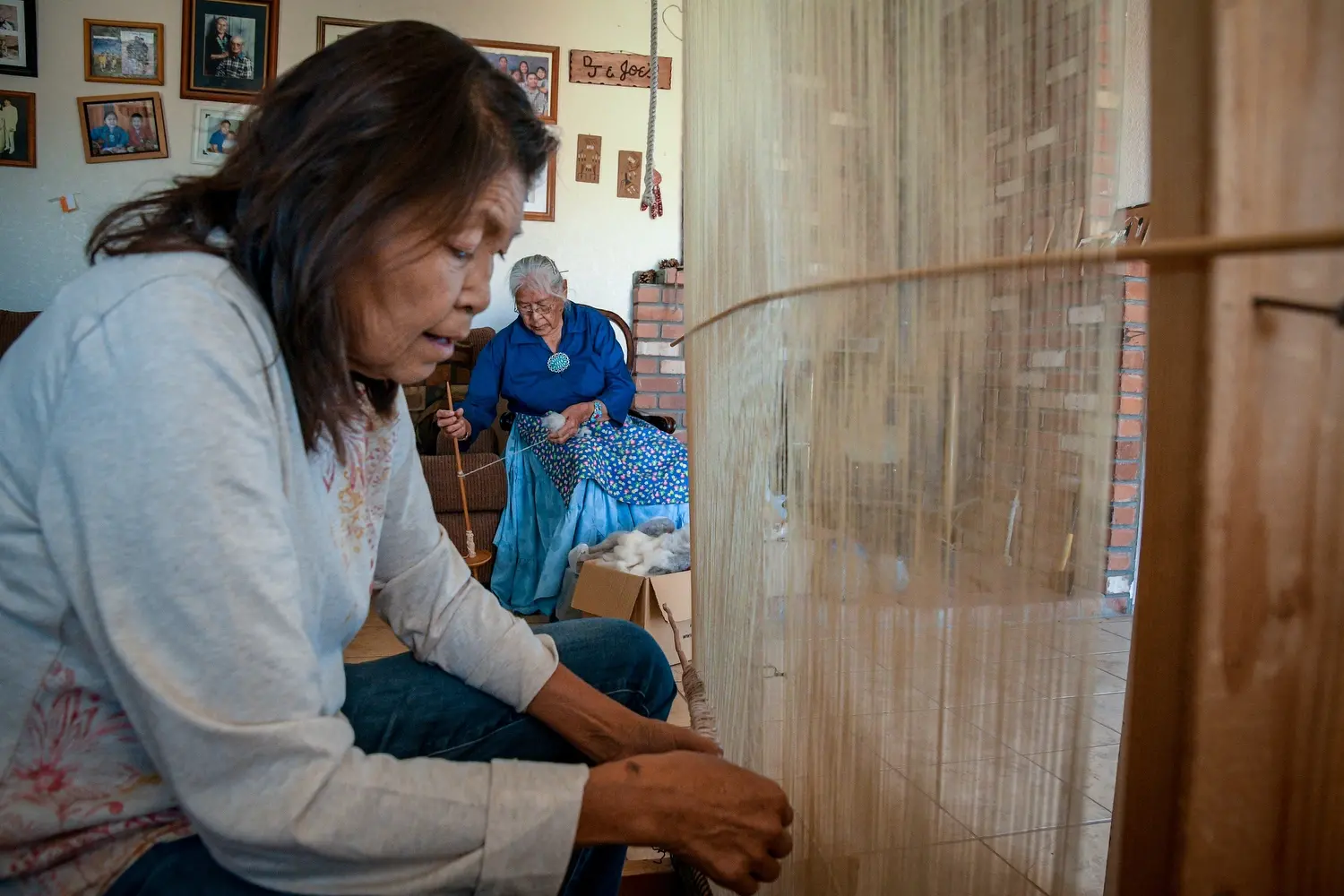
When Joe was 3, seven of her siblings died in a span of 20 days. Three of her brothers started coughing up blood on their way to Tuba City, Ariz., in a horse-drawn carriage. The hospital there couldn’t save them. Previously, lung disease was largely nonexistent on Navajo Nation; few Navajo smoke. But by the late 1970s, Navajo miners were dying of lung cancer and other respiratory illnesses linked to uranium exposure — including silicosis, tuberculosis, pneumonia and emphysema — at higher rates than other Americans. Rates of thyroid disease, kidney disease and other lethal and aggressive cancers also started to rise. A neurological disorder among children was even named Navajo neuropathy, and linked to uranium.
Though mining on the Navajo Nation is a thing of the past — in 2005 the Navajo Nation Council passed the Diné Natural Resources Protection Act, a law prohibiting uranium mining and processing on any site within its borders — it continues to have a devastating impact on the health of the Navajo people.
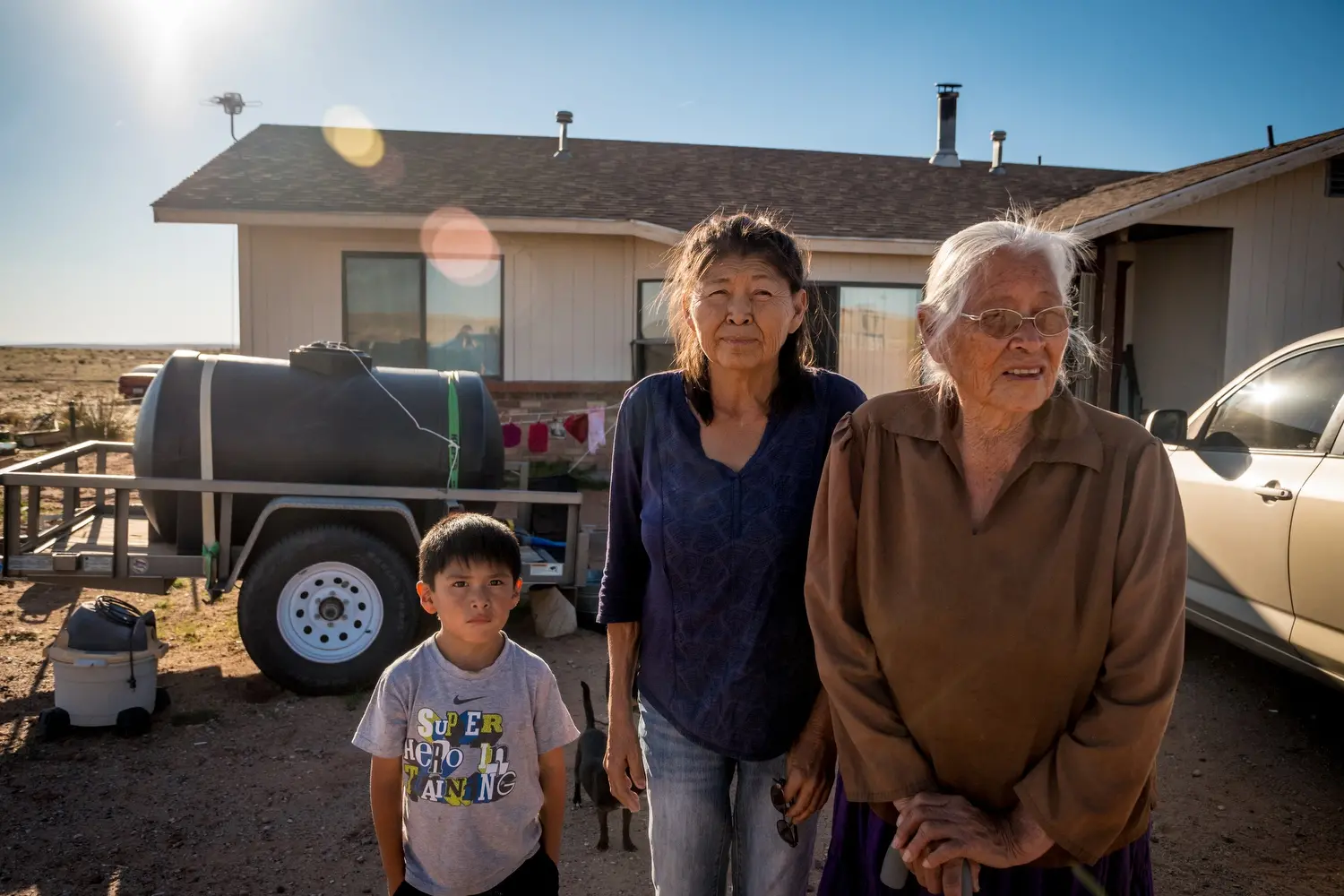
Today, there are more than 520 abandoned uranium mines on Navajo Nation, and the vast majority of them have not been remediated (i.e., cleaned up and environmentally contained). Roughly half of these mines still have gamma radiation levels more than 10 times the background level. Nearly all are located within a mile of a natural water source. And 17 are just 200 feet away — or less — from an occupied residence. Experts estimate that as a result, 85 percent of all Navajo homes are currently contaminated with uranium.
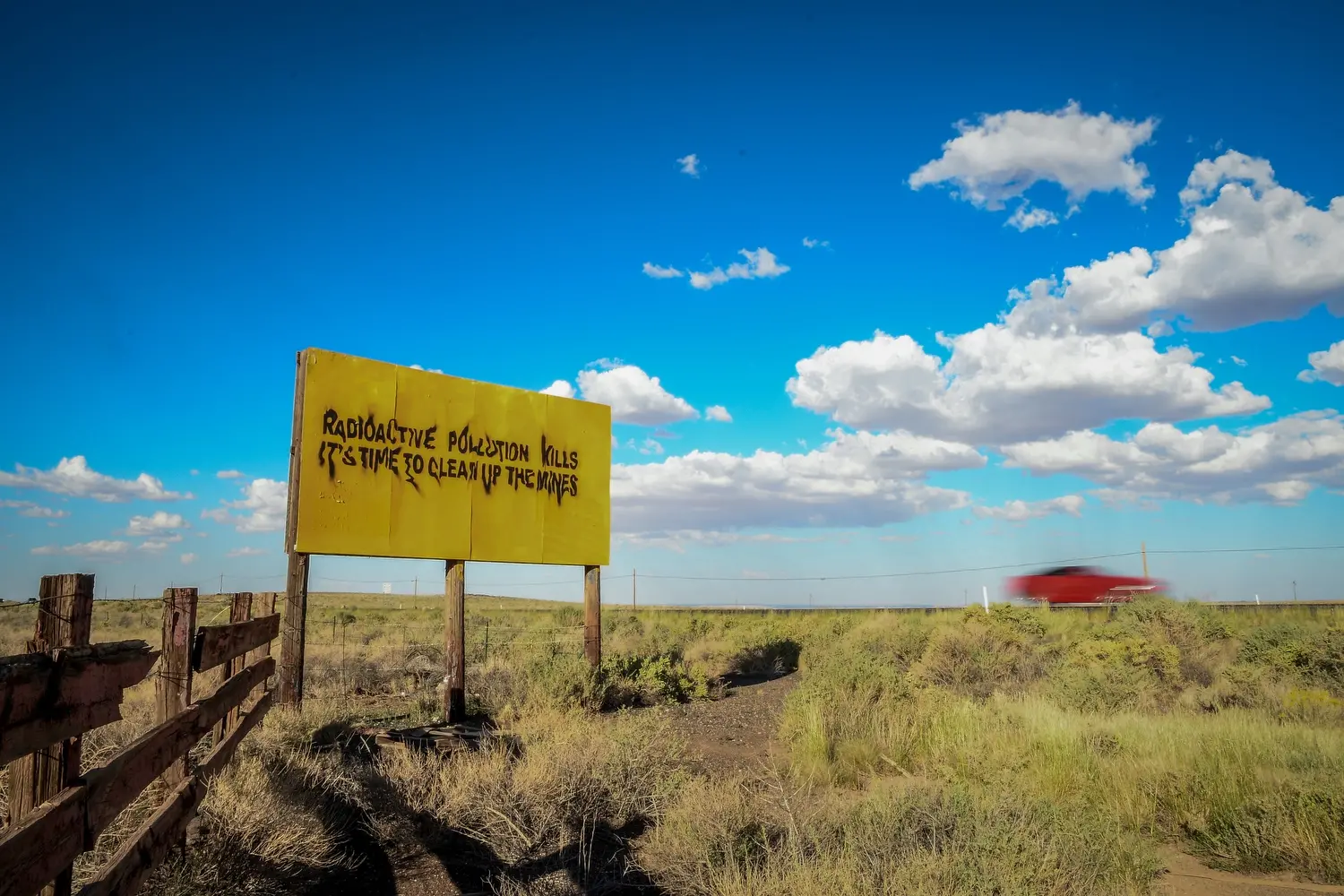
From the 1970s to the 1990s, cancer rates doubled on the Navajo Nation, even as they started to fall nationwide. And “there’s a lot of cases here on the res that are undocumented,” says Brandon Canyon, who served as his mother's primary caregiver before she died of complications associated with her cancer treatment. “A lot of Native Americans opt not to have care because they can’t afford it. They don’t know how to ask for it, and they believe through their traditional ways that they can be healed. By that time, it’s too late.”
Dr. Frank Dalichow of the new Specialty Care Center in Tuba City is the only full-time oncologist working on a Native American reservation in the United States. Dalichow “can't say for sure” what is driving the Navajo Nation’s deadly rise in cancer, but he suspects it’s the lingering and largely unremediated mines. “People don't smoke out here, so where is all this cancer really coming from?” Dalichow says. “Smoking doesn't just drive lung cancer. It drives almost every cancer — gastric cancer, colon, breast, renal, you name it. There are definitely some very unusual things going on.”

For her part, Haaland is well aware of the tragic toll these mines have taken. For 30 years, from 1952 to 1982, Laguna Pueblo’s open-pit Jackpile-Paguate Mine was one of the largest in the world, moving a total of 25 million tons of uranium and spreading disease and death to Haaland’s tribe. In fact, Haaland has claimed that one of her family members lost his hearing “due to his exposure.” (Surgery for thyroid issues and radiation therapy to the head and neck can both cause hearing loss.) And though the mine closed decades ago, it hasn’t been cleaned up.
“Anyone who has sacrificed their health for the defense of our country deserves to be compensated,” Haaland said in 2019. “But there are communities in New Mexico impacted by uranium mining and atomic weapons tests who are still hurting and have never been compensated.”
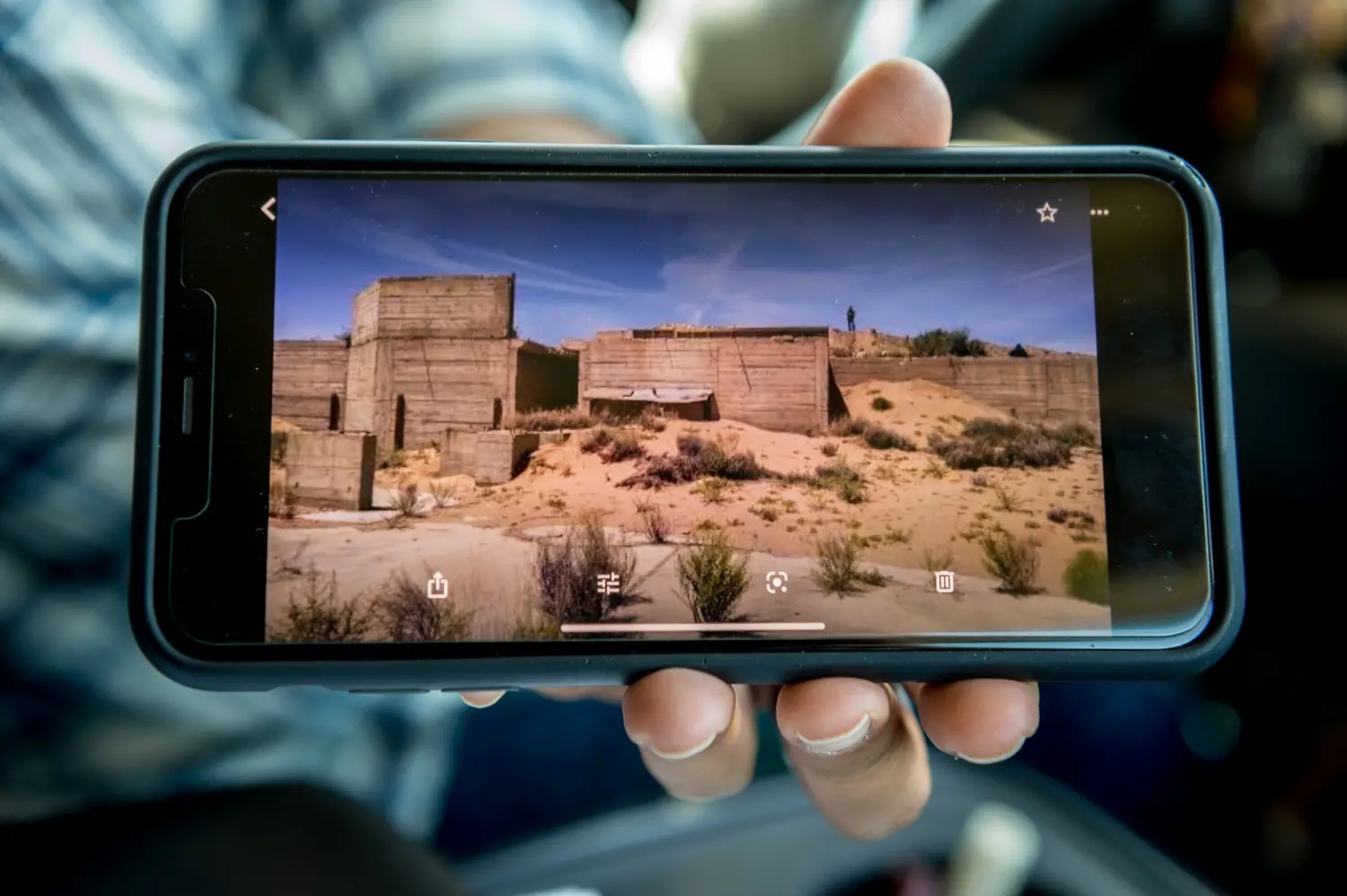
To that end, Haaland — who became one of the first two Native American women in the U.S. House when she and Rep. Sharice Davids of Kansas were elected in 2018 — co-sponsored a bipartisan bill that would extend financial compensation beyond the limited scope of the original 1990 Radiation Exposure Compensation Act to uranium miners employed after 1971 as well as descendants of the Mescalero Apache who lived downwind of Trinity, the world’s first nuclear test site.
She has also drawn attention to a University of New Mexico study showing that 26 percent of Navajo women currently have concentrations of uranium in their system that exceed levels found in the highest 5 percent of the U.S. population, and that newborns with equally high concentrations continue to be exposed to uranium during their first year — a revelation, Haaland has said, that “forces us to own up to the known detriments associated with” America’s history as “a nuclear-forward society.”
As secretary of the interior, however, Haaland will oversee about 500 million acres of public land and three offices for tribal affairs: the Bureau of Indian Affairs, the Bureau of Indian Education and the Bureau for Trust Funds Administration. She will, in other words, have the power to do more.
To date, the Navajo Nation has made remarkable efforts to heal its people and repair its lands; despite meager funding, Navajo citizens and employees have conducted their own studies, filed their own lawsuits, undertaken their own mitigation and pressed their case on Capitol Hill. The U.S. Environmental Protection Agency has recently designated some Superfund sites on the Nation and released some five-year plans. But tangled bureaucracies, technical complexities, political roadblocks and corporate influence have left the federal government’s side of the bargain largely unfulfilled.
In 1942, Dariel Yazzie's grandfather led a mining company to the first known deposit of radioactive ore on Navajo Nation; today, Yazzie, who grew up a quarter-mile from a mine, supervises the Navajo EPA's own Superfund program. "This situation put anywhere else, in white, privileged America, doesn’t sit like this for this long," Yazzie explains. "It just doesn't." Over the past few years, Yazzie has tripled the size of his team, building capacity for future remediation efforts. But he points to a recent decision by the feds to keep mine waste on-site near Church Rock, N.M. — the location, in 1979, of the largest release of radioactive material in U.S. history — as an example of how his people are being "dictated to."
"The community has been stating for years that they don’t want the waste in the area," Yazzie says. "So when we look at the big picture of how the government is working with the Navajo Nation communities, they’re not. They’re failing. They’re not listening. In the future, the U.S. government needs to let Navajo Nation be the lead on these efforts. We’ve got the scientific minds here in Navajo. We’ve got the experience. What we don’t have is the direct funding."
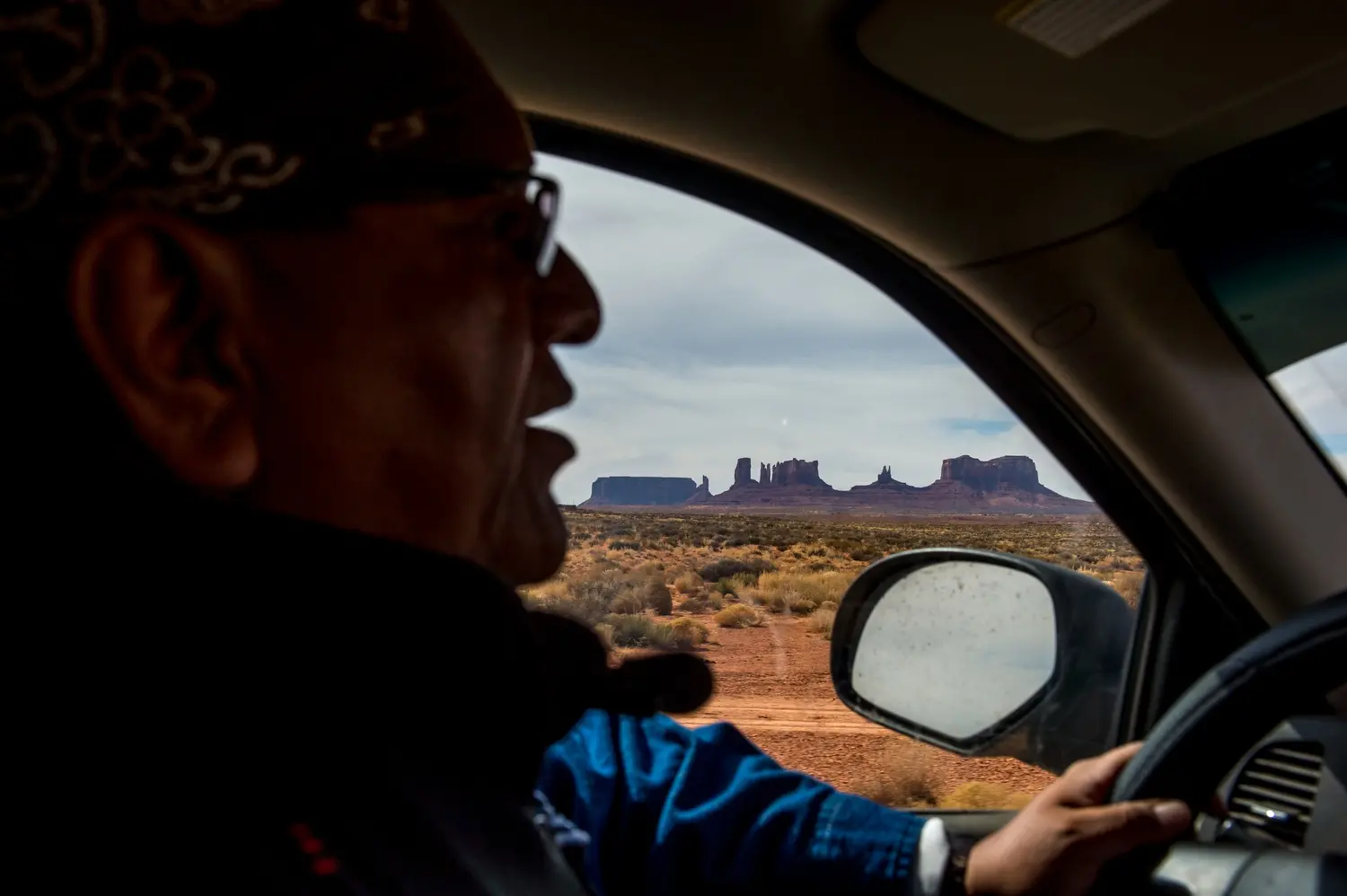
In fact, the Trump administration went so far as to declare uranium a critical mineral in 2018; two years later, its Nuclear Fuel Working Group recommended an expansion of domestic mining and production.
Yet the hope now, with Haaland in charge, is that someone in Washington finally understands the problem — and will finally do what is necessary to fix it.
“She has been a strong voice for all tribal nations and the people of New Mexico on a wide variety of issues including land management, clean energy, economic development, social justice and job creation,” Navajo Nation President Jonathan Nez said when Haaland was nominated. “The appointment of Deb Haaland will not only be historic, but it also sends a clear message to all tribes and people across America that the Biden-Harris administration is committed to addressing the wrongs of the past and clearing a path for real change and opportunity for tribal nations.”
"Haaland's appointment means we have a person in position who understands that we need to have a deeper discussion — a true discussion," Yazzie adds. "I'm very hopeful."


